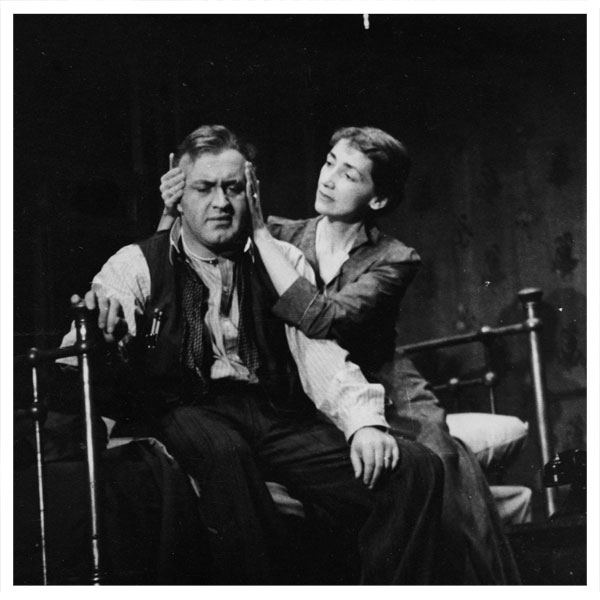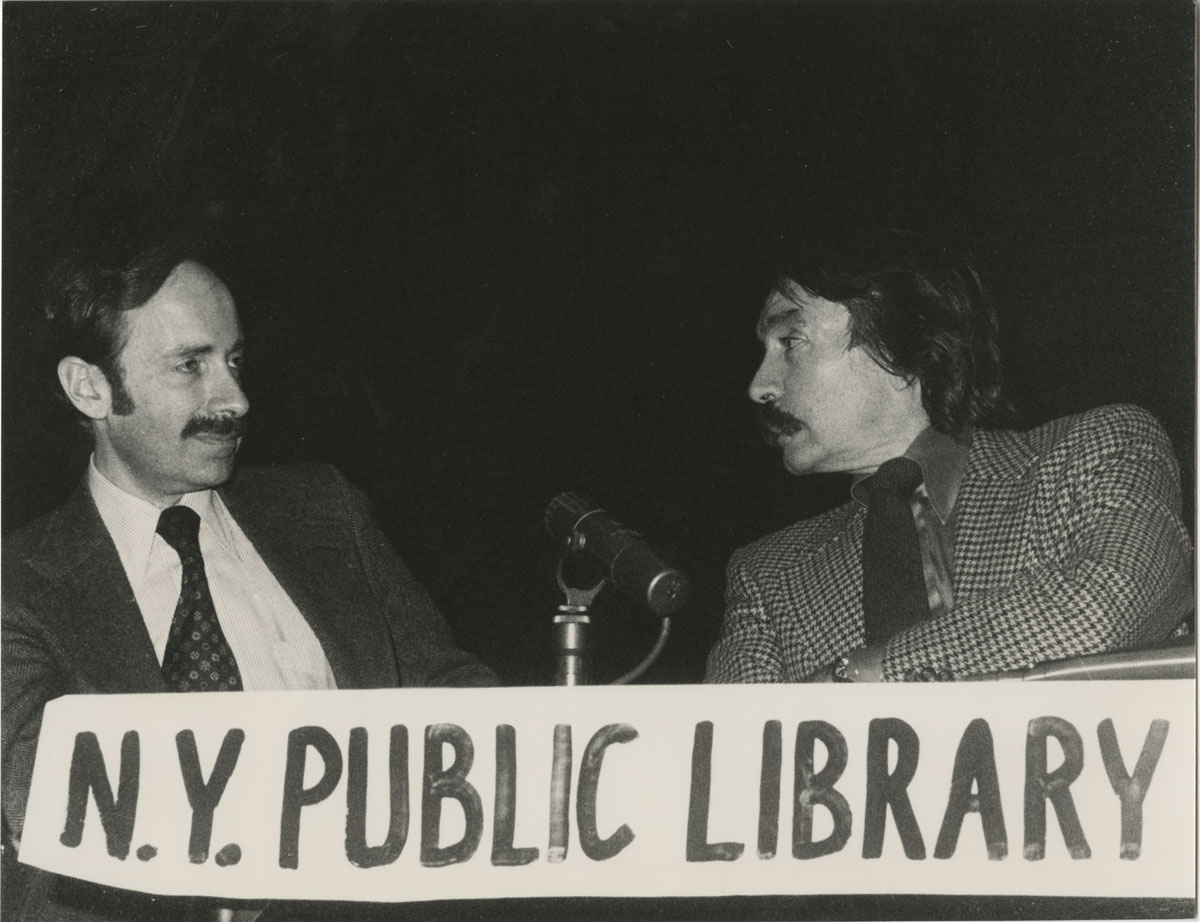The Harry Ransom Center, a humanities research library and museum at The University of Texas at Austin, has acquired the archive of American playwright Arthur Miller (1915–2005). Obtained from the Arthur Miller Trust, the archive spans Miller’s career. [Read more…] about Playwright Arthur Miller’s archive comes to the Harry Ransom Center
Arthur Miller
Arthur Miller at the center of a network of Ransom Center collections
By Megan Barnard and Eric Colleary
Arthur Miller has long had a significant presence at the Ransom Center. In 1961 and 1962, Miller donated a collection of his manuscripts to the Center. [Read more…] about Arthur Miller at the center of a network of Ransom Center collections
Mel Gussow’s interviews with actors, playwrights, writers, and directors to be digitized
The Council on Library and Information Resources (CLIR) has awarded the Ransom Center a “Recordings at Risk” grant for $24,600, supporting the project “Preserving the Interview Recordings of Mel Gussow, American and British Theater Critic.” The Ransom Center holds the Gussow (1933-2005) papers. [Read more…] about Mel Gussow’s interviews with actors, playwrights, writers, and directors to be digitized


